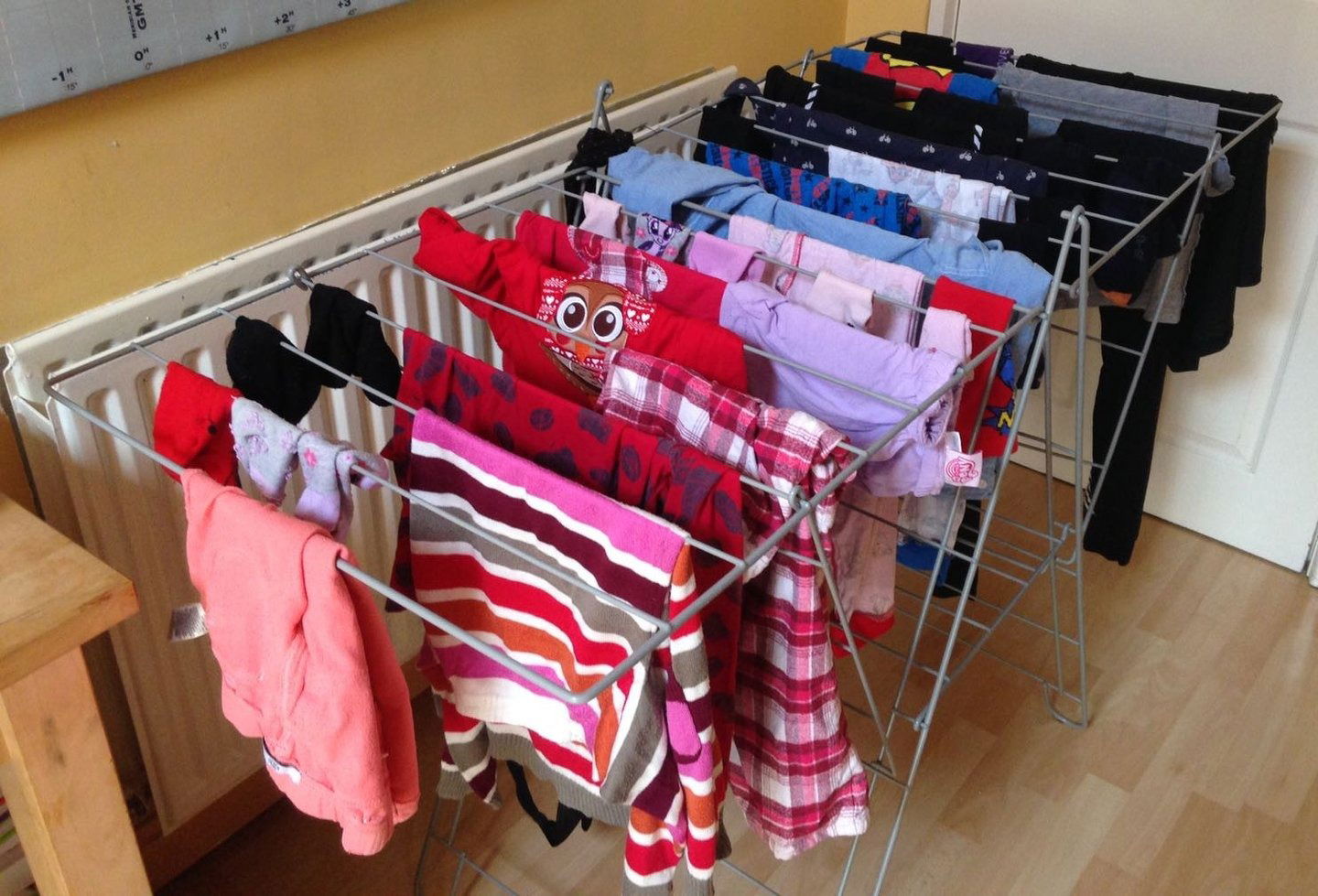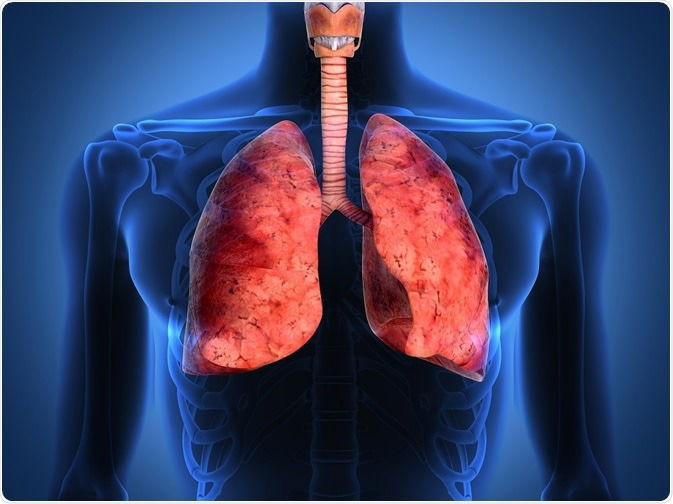
There’s something nostalgic and refreshing about the scent of sun-dried laundry. Unfortunately, in many regions, this can only be enjoyed during the warmer months.
In contrast, drying clothes indoors during winter often leads to a musty or damp smell, and there’s a scientific reason for that.
Indoor drying increases the moisture level in your home, creating the perfect environment for mold and fungi to thrive.
The Hidden Health Ri:sks
When clothes are dried indoors — whether on racks or over radiators — the moisture from the wet fabric evaporates into the air. A single load of laundry can release nearly two liters of water, raising indoor humidity by up to 30%.
This added moisture creates ideal conditions for the growth of mold spores and dust mites, both of which can cause respiratory issues. People with asthma, allergies, or sensitivities to allergens are especially vulnerable to these effects.
What Researchers Have Found

Experts in the UK have studied the impact of indoor clothes drying on health.
Professor David Denning from the National Aspergillosis Centre in Manchester explained to the Daily Mail that this habit is a leading contributor to cases of respiratory infections caused by inhaling Aspergillus spores.
“Most people have immune systems strong enough to handle exposure to this fungus,” Denning noted.
“But for individuals with asthma, it can cause increased coughing and breathing difficulties. And for those with compromised immunity, such as can.cer patients on chemotherapy, individuals with autoimmune disorders, or people living with HIV/AIDS — the fungus can lead to a serious condition called pulmonary aspergillosis, which can cause permanent or even life-threatening lung and sinus damage.”
Understanding Aspergillosis

Aspergillosis refers to a group of illnesses caused by the Aspergillus mold. It commonly affects the lungs, airways, and sinuses, but in more severe cases, it can spread to other parts of the body.
Symptoms may resemble those of asthma or sinus infections, including wheezing, persistent coughing, shortness of breath, fever, and even coughing up blood. Severe cases can also involve chest pain and unintended weight loss.
While the condition isn’t contagious and most healthy individuals can fight it off, those with weakened immune systems require antifungal medications if the infection reaches the lungs.
One Person’s Experience
Craig Mather, a 43-year-old father of three from Bolton, dealt with a serious fungal lung infection believed to be linked to drying wet laundry on a radiator in his bedroom.
Having suffered from asthma since childhood and a bout of tuberculosis in 1997, his lungs were already compromised.

“I started feeling better after my doctor diagnosed chronic pulmonary aspergillosis and prescribed antifungal treatments,” he explained.
“But I noticed my symptoms worsened whenever I dried laundry in the bedroom.”
Following his doctor’s advice, Mather stopped drying clothes indoors and saw a significant improvement in his health over the next year.
Safer Drying Alternatives
Professor Denning advises avoiding indoor drying when possible.
“To be on the safe side, hang your clothes outside, use a tumble dryer, or choose a well-ventilated indoor space that’s away from areas where people sleep or spend a lot of time.”
If drying clothes outside isn’t an option, keep windows open when weather allows to let moisture escape, or use a dehumidifier to reduce indoor humidity levels.
It’s also wise to ventilate your home after cooking or showering to prevent mold from growing on walls, tiles, and ceilings.
Drying laundry indoors may be convenient, especially in cold weather, but it comes with hidden health hazards. With a few mindful changes, you can protect your indoor air quality — and your lungs.















